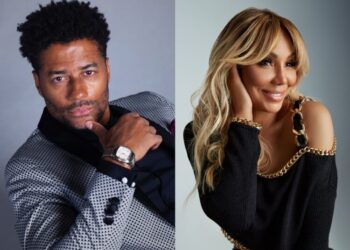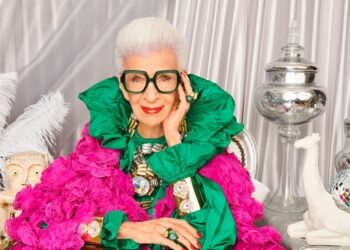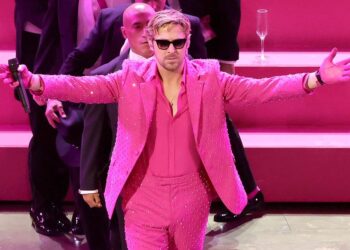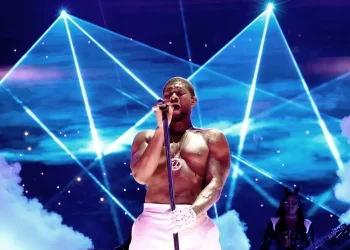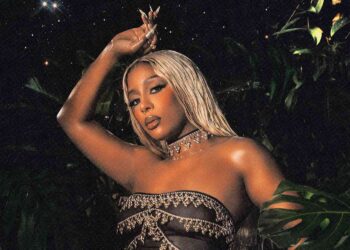You ever thought about eating your juice box after drinking the juice? Well me neither but thanks to Harvard University professor and biochemical engineer David Edwards now you could.
David Edwards invented containers for food and drinks which can be disposed by eating them. “The idea was to try to create a bottle which was based on how nature creates bottles” Edwards explained. The edible containers are made out of so called “WikiCells”, natural food membranes held together by electrostatic forces. Harvard describes WikiCells as “thin delicious membranes with significant water diffusional resistance and adjoined shells that allow for stability of the WikiCells over long periods of time”.
Edwards, who is known already for his invention of inhalable food like chocolate, believes the edible containers will be seen first in restaurants. But the plan is to see them as soon as possible as well in homes and offices, for delivery and purchase in stores. The biodegradable WikiCells can be produced in various sizes and shapes and they can contain solid food as well as liquid.
The idea behind it is to reduce the disposal of plastic, especially in places of the world where the disposal and recycling of plastic still causes human and environmental hazard. The next step for Edwards is to make it possible for consumers to create their own WikiCell packaging. He told the Harvard Crimson, “People in a village in Africa could become plastic bottle-free and make things for themselves. It’s really exciting from a humanitarian point of view.”
But to be realistic, would you like to go to a restaurant and eat not just the food you ordered but also your plate? Or would you eat the juice box itself which was shipped from the other side of the country, standing on the supermarket shelf and been moved and touched by uncountable people? Just from hygienic point of view edible packaging would need packaging to be still edible.
What is your opinion on this? Would you eat a milk carton after drinking the milk?


